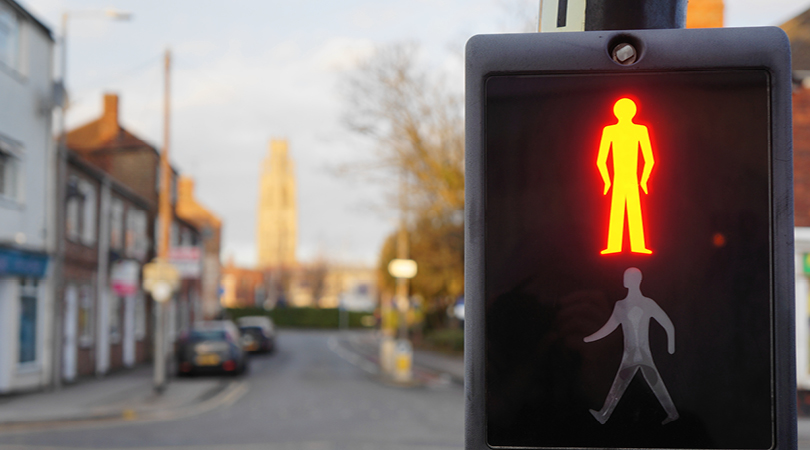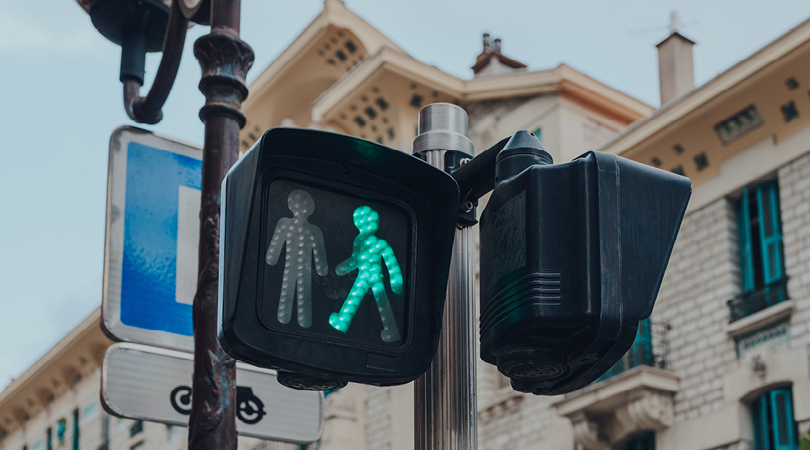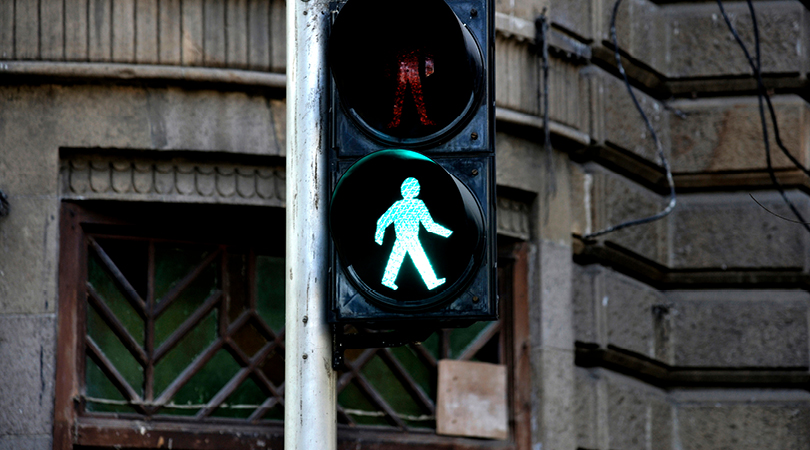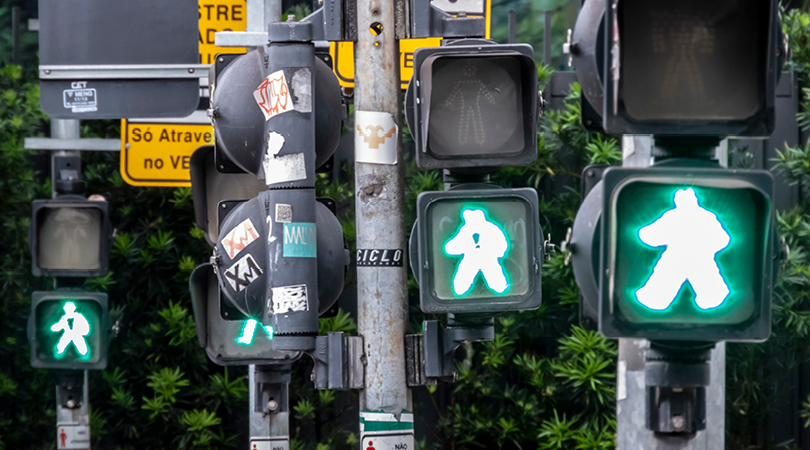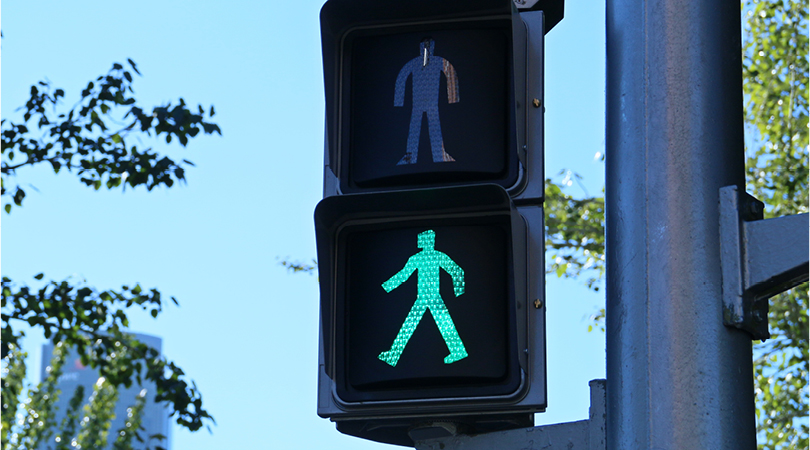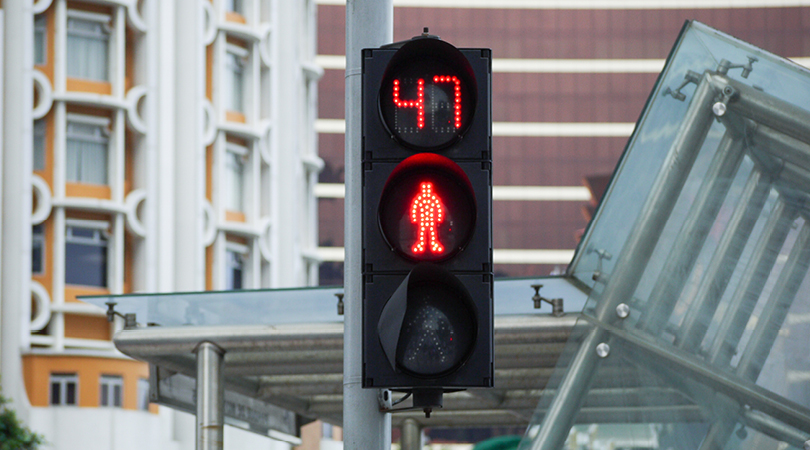"Stop on red, walk on green" is the maxim that applies at pedestrian lights almost all over the world - but only almost. In some places there are also other light signals for people who want to get to the other side of the road on foot. Moreover, the figures do not look the same everywhere.
The world of traffic light figures is more diverse than expected. In Odense, Denmark, for example, the poet Hans-Christian Andersen, the city's best-known citizen, has been accompanying pedestrians with a stick and hat across some intersections and streets since 2005. In Mongolia's capital, Ulaanbaatar, riders, archers and wrestlers light up on National Day. They symbolise the national sports of the country. Countries like France, Turkey or Switzerland have dotted figures, China sometimes even has traffic lights showing the time until the signal changes. A couple with a woman and a man can regularly be seen on Belgian pedestrian traffic lights. Vienna adopted the pair principle in same-sex combinations for the first time in 2015. Then there are countries like Japan or South Korea, where the background lights up and the figures remain dark.
Red and green are ideal signal colours
The countries, sometimes even the cities, can freely design the figures on the traffic lights. However, the principle that a red light means "stop" and a green one "walk" has become widely accepted. Incidentally, also in Japan, where a slight blue tinge has been added to the green for reasons of linguistic history. In the past, the people there used the word "Aoi" for both shades. There are good reasons for the choice of traffic light colours. Red is also a warning colour in nature and is therefore ideal for "stop". Green is exactly opposite in the colour spectrum and has a calming effect. The passage is then safe.
This is why the two colours were already used in Great Britain about 150 years ago on the routes of the then new steam locomotives. For example, on coloured signs or flags on the platform. When the first gas-powered traffic lights to regulate road traffic went into operation in London in 1868, the colours were simply adopted. With gas light, however, it was not yet possible to produce a consistent shade of yellow, which is why the third colour for vehicle traffic lights only became established from the middle of the 20th century with the expansion of electric light. The world's first pedestrian-only traffic light was installed in Denmark in 1933 by the administration of the city of Copenhagen. It had only red and green signals and thus set the principle.
New York goes its own way
In the early years, the green phase for pedestrians always had to be triggered by a hand signal. It was not until 1952 that the first fully automatic pedestrian traffic light was installed in New York. But it had yet another special feature. Instead of colour signals, the words "Walk" and "Don’t Walk" lit up and still are there today. Some states and cities in the USA still use these illuminated texts today - sometimes with a hand as a stop signal. You can also see those in red in Canada or Bolivia, where they are combined with a green figure, however.



